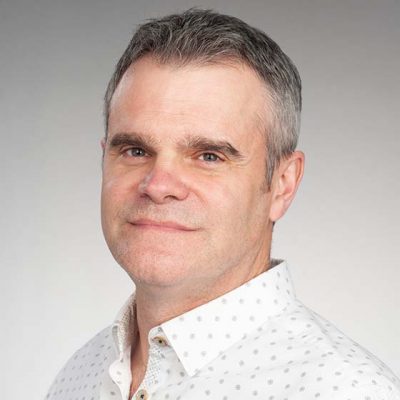The More We Disrupt Wildlife Habitats, the Greater the Threat of Future Pandemics

Robert Wilson is associate professor of director of undergraduate studies in the Geography and the Environment Department at Syracuse University’s Maxwell School.
He teaches classes on animals and society and environmental history and talks (below) about the role of animals, pathogens, and pandemics.
Wilson says:
“Covid-19 took a terrible toll on Americans, and the origins of the virus remain clouded in mystery. We are understandably weary and eager to move on with our lives.
“But as a country, we have failed to learn some fundamental lessons from the pandemic. One of the most basic is that we, too, are animals and we are radically changing the world of other species. Climate change is driving animals in search of new habitats, which increases the likelihood of viruses jumping to different species or to people. In doing so, we risk the future spillover of viruses and a new, possibly worse, pandemic.
“Avian flu is harbored by wild birds that travel along migration routes known as flyways. When waterfowl encounter domesticated birds such as chickens, they can pass the virus to them. Avian flu is not only sloshing back and forth between wild birds and poultry but has also leapt from birds to mammals such as minks, seals, and bears.
“To deal with the threat of a future pandemics, we need better surveillance of wild animals and an ability to produce vaccines for novel diseases if a new pandemic strikes. But we also must recognize that the border between cities and the wild—and between people and animals—is an illusion. The more we disrupt the habitats of wildlife, the greater the future threat of pandemics.”
To request interviews or get more information:
Daryl Lovell
Associate Director of Media Relations
Division of Communications
M 315.380.0206
dalovell@syr.edu | @DarylLovell
Syracuse University


